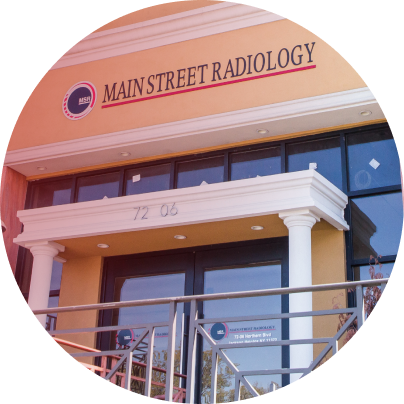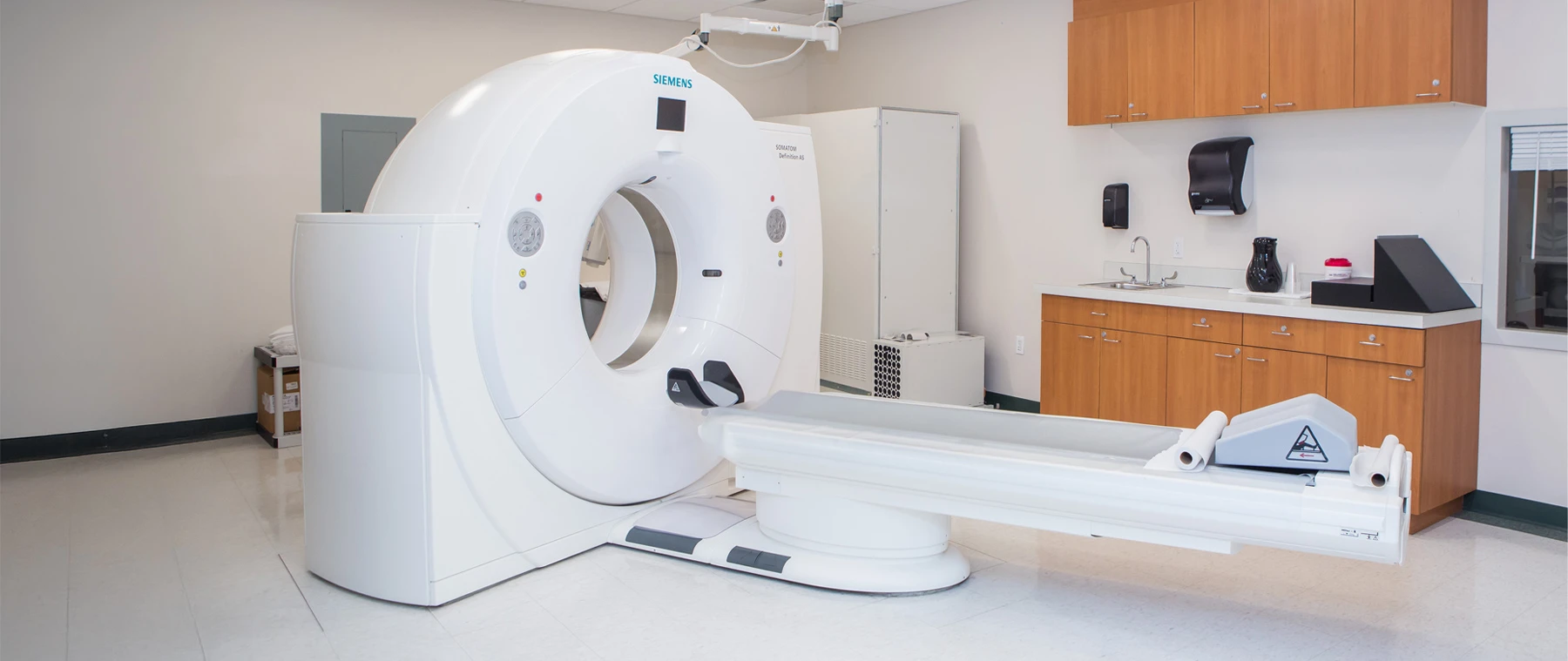CT Scan
Scanning technology helps doctors diagnose many conditions.
Images Offer Detailed Views of Bones, Blood Vessels and Organs
Already Scheduled for A CT-Scan?
Already Scheduled for A CT-Scan?
Learn how to prep for your medical procedure.
How Does It Work?
In a CT scan, a patient lies on a table while a sophisticated machine circles the body, taking X-rays from many different angles. Medical professionals then use special software to create cross-section images of bones, blood vessels, organs and other parts of the body. CT - short for computed tomography - scans can be used to diagnose disease or injury and to plan medical or surgical treatment.
-
- Sometimes, patients receive a contrast dye that's swallowed or injected into an intravenous (IV) line. The dye allows the body part in question to be seen even more clearly.
- Overall, CT images provide more detailed information than plain X-rays do. And the technology has advanced tremendously since its invention in the 1970s.
Revolutionizing Imaging
- Spiral CT, introduced in the 1990s, has much faster and accurate scanning capabilities, which exposes patients to less radiation.
- Main Street Radiology was the first practice in Queens to install a 16-detector spiral CT, which has the ability to scan up to 16 times faster than a traditional spiral CT.
Share your experience
Your feedback is very important to us! We encourage you to share your past experience with Main Street Radiology.

Get to know Main Street Radiology in Queens
We have the gold seal of accreditation by the American College of Radiology with a long history of providing quality radiology care.

